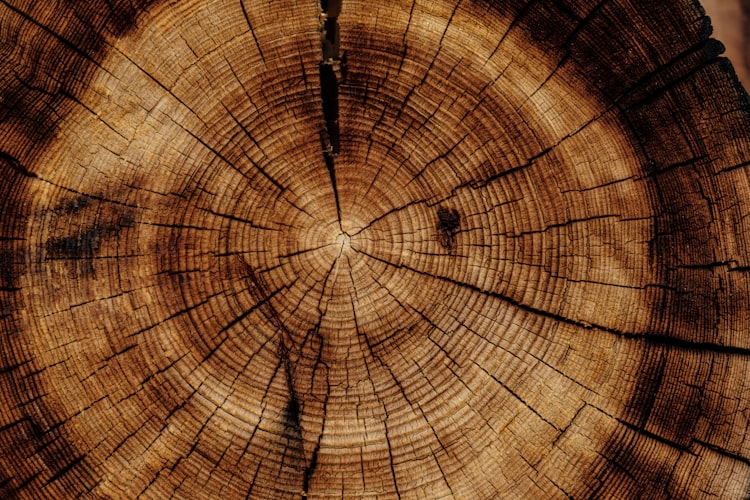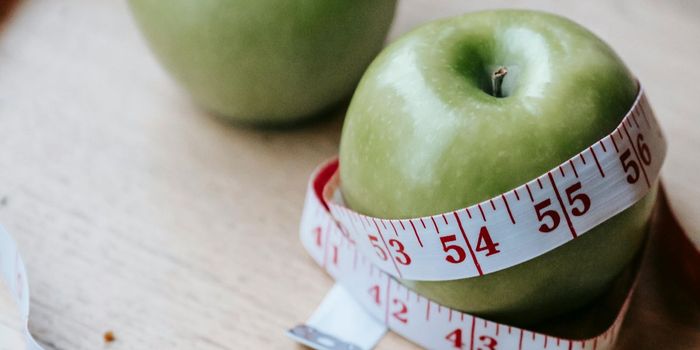Converting Wood into Pharmaceutical Compounds
Producing toxic byproducts during the making of pharmaceuticals remains a challenge in the drug manufacturing industry. Normally, increased masses of flammable solvents are utilized during the making of structurally complex drug compounds that consist of several steps.
Scientists have reported their research findings in the journal ACS Central Science. These findings explain a new way to develop pharmaceutically relevant compounds in fewer and more efficient steps with no hazardous materials. The method uses renewable woodchips as the starting material with water as the byproduct. The manufacturing process will take advantage of phenolic compounds found in wood preferably known as lignin and gives wood its known strength.
When making paper, lignin is removed from wood preventing the paper from yellowing and increasing the strength. The remaining lignin is often found in large and unwanted amounts—this made researchers curious to repurpose instead of letting the lignin to go to waste.
Other researchers have utilized lignin through depolymerization. However, these strategic efforts have left scientists curious to see what benefits can be retrieved from this compound?
So, they focused on lignin derivatives because they make ideal starting materials and have similar structural complex chemistry to modern drug compounds. The lignin derivatives make ideal starting materials to synthesize potential pharmaceuticals.
The research team focused on a class of drugs called benzazepines that includes the anti-anxiety therapeutic diazepam. The traditional way of making these drugs includes the generation of toxic waste. But, the catalytic method combines solvents with recyclables and eventually converts monomers from lignin into the benzazepine derivatives without any hazardous byproducts.
Source: Science Daily









